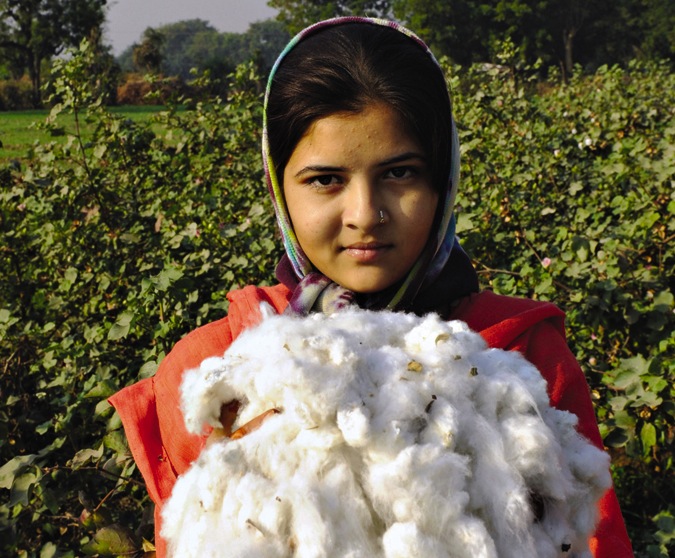Chapter Introduction
48
SECTION 2
Supply and Demand

Module 5: Supply and Demand: Introduction and Demand
Module 6: Supply and Demand: Supply
Module 7: Supply and Demand: Equilibrium
Module 8: Supply and Demand: Price Controls (Ceilings and Floors)
Module 9: Supply and Demand: Quantity Controls
Economics by Example: “The Coffee Market’s Hot; Why Are Bean Prices Not?”
Blue Jean Blues
If you bought a pair of blue jeans in 2012, you may have been shocked at the price. Or maybe not: fashions change, and maybe you thought you were paying the price for being fashionable. But you weren’t—
Why were cotton prices so high? On one side, demand for clothing of all kinds was surging. In 2008–
Fearing that consumers had limited tolerance for large increases in the price of cotton clothing, apparel makers began scrambling to find ways to reduce costs without offending consumers’ fashion sense. They adopted changes like smaller buttons, cheaper linings, and—
At the same time, it was not all bad news for everyone connected with the cotton trade. In the United States, cotton producers had not been hit by bad weather and were relishing the higher prices. American farmers responded to the sky-
Wait a minute: how, exactly, does flooding in Pakistan translate into higher jeans prices and more polyester in your T-
In this section, we lay out the pieces that make up the supply and demand model, put them together, and show how this model can be used to understand how most markets behave.